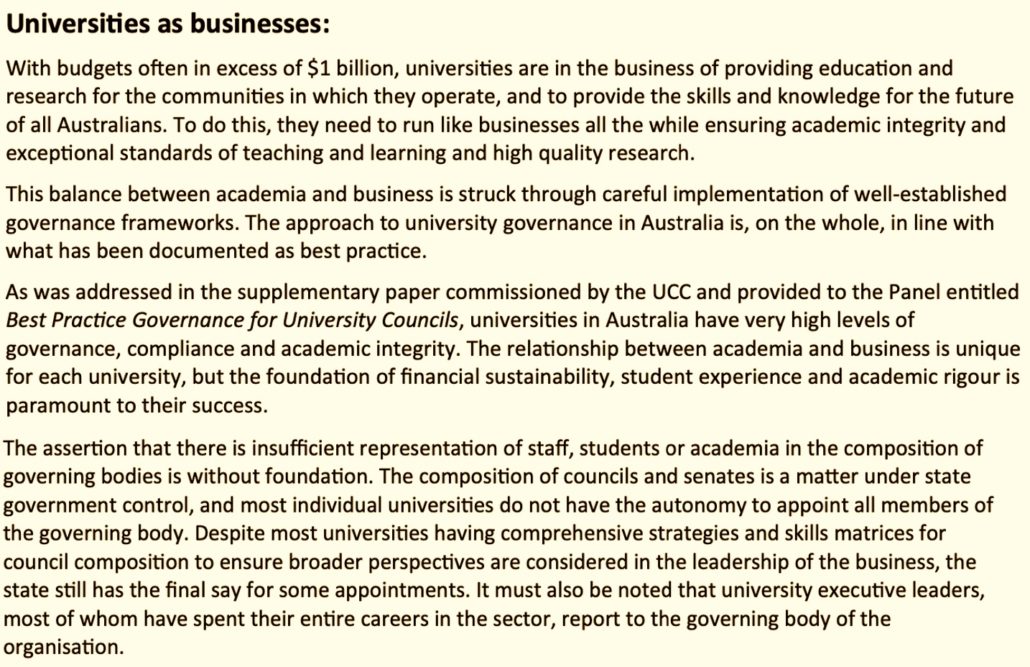
Why university governance reform was inevitable
On Friday 26 April, Australian, State and Territory Ministers met and agreed to reforms to university governance.
What Ministers agreed were, in a nutshell, very minor changes which will see university governing bodies become a little more representative of the communities they serve (see below).
Governing bodies will also have to have a stronger focus on ‘rigour and transparency’ in setting the pay and conditions of senior university staff and ensure that remuneration levels are set with reference to “comparable scale and complexity public sector entities”.
As recent research by the NTEU points out, the Vice Chancellor of the University of Melbourne is currently paid three times as much as the Victorian State Premier. It remains to be seen what the results are of benchmarking university remuneration against comparable public sector entities but it appears that Australia may have reached the high point for Vice Chancellors salaries for the forseeable future.
The governance changes agreed by Ministers will be overseen by a new Expert Governance Council – an idea proposed by the University Chancellors Council. But while Ministers may have been guided by some of the advice from University Chancellors, in their totality the reforms being introduced run contrary to the arguments Chancellors’ put forward in their submission to the Accord Panel – that universities need to be considered as businesses…

The need for changes in the representation of university governing bodies was persuasively argued by Prof. Braden Hill (DVC, Students, Equity and Indigenous at Edith Cown University), in his speech to the 2022 annual TEQSA conference. In it, he drew attention to research by Assoc. Prof. Gwilym Croucher and colleages at the University of Melbourne showing that:
- 94% of those serving on Australian university governing councils are white
- 94% of top tier university senior executives in Australia are white
- 96% of Vice Chancellors in Australian universities are white
- no senior leader in Australian higher education publicly shares having a disability
- only 10 Vice Chancellors of Table A universities are women
As Prof. Hill observed, these statistics do not “really paint a particularly diverse picture of where power resides in our sector.” And hence these reforms.
Here therefore is what Ministers agreed to:





